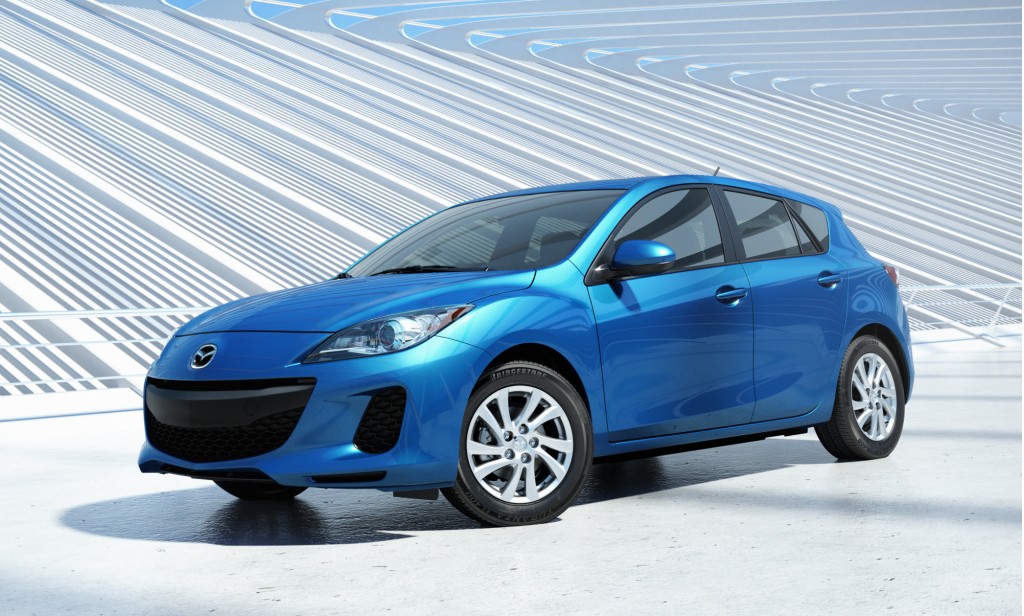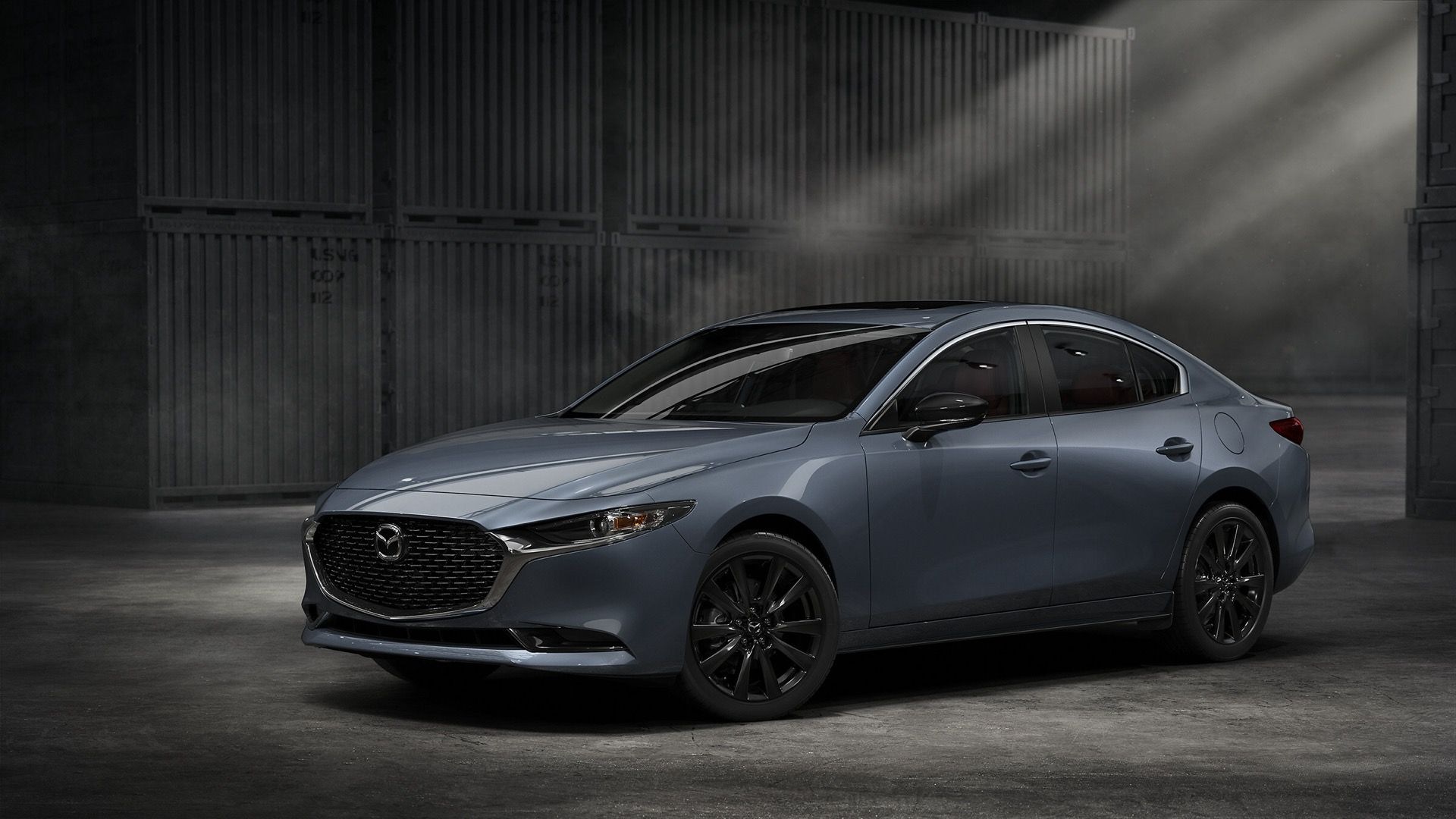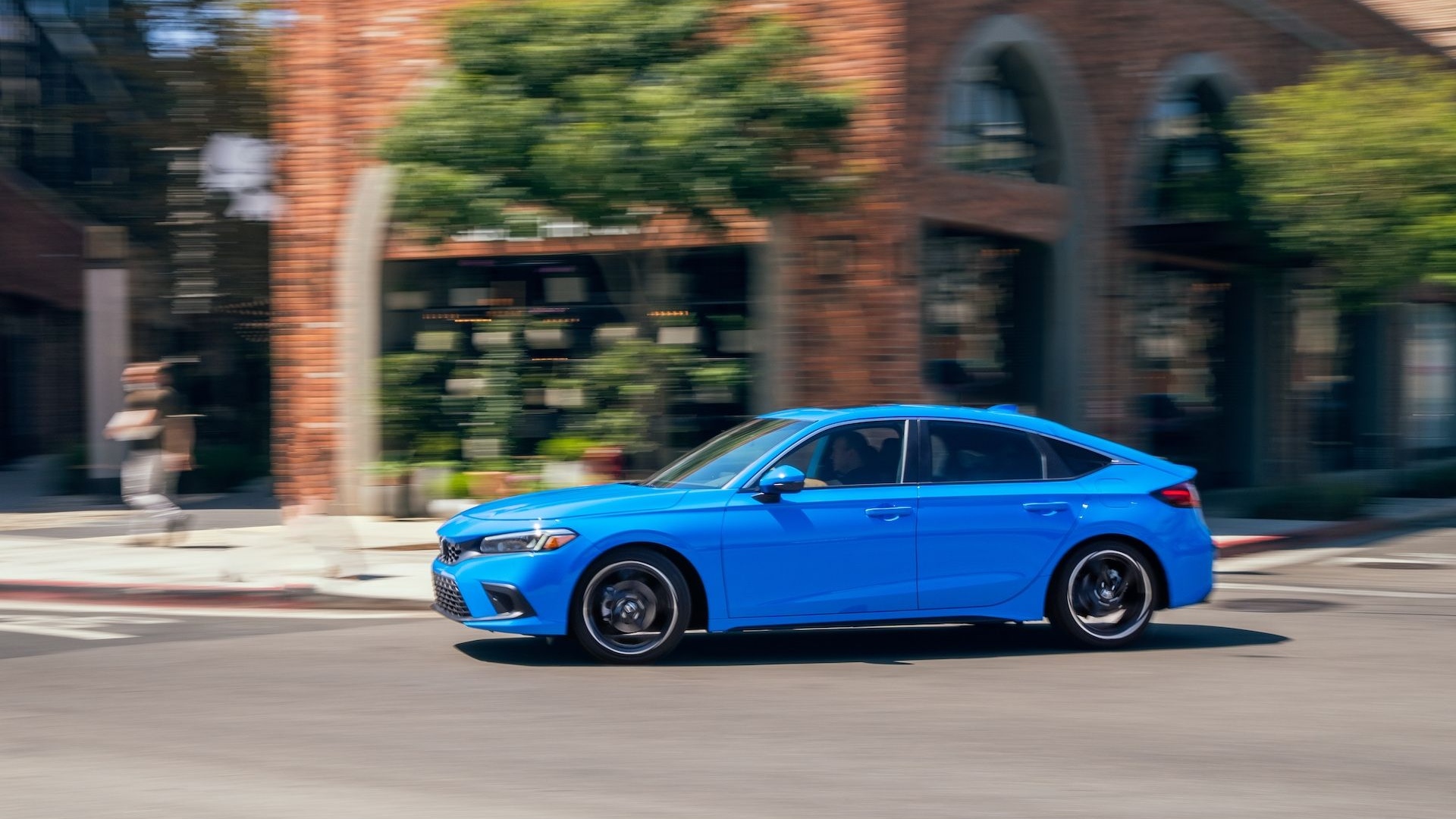
2012 Mazda MAZDA3 with SkyActiv
Listen to some automakers, and you might think that conventional automatic transmissions are obsolete and inferior—and to be replaced by continuously variable (CVT) automatics or dual-clutch (DCT) gearboxes.
This just in: not everyone is convinced they're better. According to Mazda, the good ol' hydraulic automatic—especially with a smart engineering rethink—is still one of the best bets for those of us who don't want to manually swap cogs all the time. And, they think, that's true for cars meant to be driven very enthusiastically, as well as those for which gas mileage is a little more important.
Both CVTs and DCTs are arguably less complex as well as cheaper to build when compared to a conventional automatics and all the requisite planetary gearsets, bands, hydraulics, and controllers. While the honeymoon seems over for CVTs—and some companies, including Ford, have cut that technology back out of their lineups—a number of automakers are in the process of phasing out their automatic transmissions in favor of dual-clutch gearboxes that, the companies argue, provide the more direct driving feel of a manual gearbox, combined with increased gas mileage.
For instance, that's what Ford did with its Fiesta and Focus small cars. Both models offer a so-called PowerShift automatic that's a DCT setup, with two smaller gearboxes side by side (and dual clutches to engage them). Like systems offered in BMW (DCT), VW/Audi (DSG), and Mitsubishi (Twin-Clutch) products, among others, one side provides first, third, and fifth, while the other allows second, fourth, and sixth.
And while Mazda considered a DSG-type gearbox for its front-wheel drive models, like the 2012 Mazda3, it opted against it.
Dual-clutch a weakness for downshifts, transitions
As engineers point out—and as we've noticed with some DCT systems—shifts are snappy, decisive, and incredibly quick when merely accelerating, but if you suddenly need a burst of additional power for passing, a steep grade, or accelerating out of a corner, these transmissions aren't as responsive as you might hope, because it's rare the other clutch would have the ideal gear on the ready.
So even when given a clean slate—as part of its SkyActiv carbon-reduction initiative—Mazda engineers weren't convinced that a dual-clutch design was the way to go. And with those drivability issues, and some potential durability issues, engineers told Motor Authority that they have no plans to offer a dual-clutch unit in any of their vehicles. Rather, they chose to take a fresh look at hydraulic automatic transmissions and produced a design that they claim gives better performance and is superior in just about every way when stacked up against a dual-clutch.
Mazda claims to have gotten shifts under full throttle to be about as quick as with a dual-clutch setup, while delivering consistently faster and smoother downshifts—helping the engine stay in its most powerful or efficient range.
Better gas mileage, no more slushbox feel
How is it different? One of the key philosophies in the design, from the start, was to radically minimize torque converter usage, which serves to both improve fuel economy and provide more of a direct driving feel. In the U.S. city driving cycle, the torque converter is locked up 88 percent of the time with the new design, versus 64 percent of the time with Mazda's existing five-speed automatic.
Those are just numbers, but what you feel, engineers point out (and we did in several test mules) is that from a start engine revs don't rise, then fall, then rise again in typical slushbox fashion; instead, each gear has just a minimum of slip right at the beginning and then is completely linear. This is one of the first transmissions that allow full lockup even in first gear.

Mazda SkyActiv-Drive next-generation 6-sp automatic
The key to making this new logic work is a new multi-plate clutch system, rather than a single-disc or piston-based system, to engage or disengage the torque converter with way more finesse than existing automatics. And the clutch pack is controlled by an advanced mechatronics module that's integrated into the transmission case, containing its own microprocessor, software, and direct-acting solenoids.
Traditional automatics have long relied on plenty of torque-converter engagement, both as a way of keeping gear engagement especially smooth, and as a sort of crutch to help keep automatic transmissions more reliable. But as transmissions are designed to disengage the torque converter more frequently and more readily, they can get shaky, said Masamitsu Koike, the powertrain's development manager. So through a data-bus system, the mechatronics module is able to help adjust shift quality—for a change in vehicle load, for instance—to reduce driveline jolts, and it could help prolong the life of the transmission.
Shifts like a racing bike
In the test vehicle, we found that shifts with the new transmission, even moderate throttle, felt nearly instantaneous—quite like a racing bicycle with a high-end derailleur (and a good sign, given the brand's 'zoom-zoom' intent)—with none of the lumpiness or noticeable pause in momentum felt in Mazda's existing five-speed automatic.
The new transmission is slated for all of Mazda's hatchbacks, sedans, and crossovers that are based on front-wheel-drive architecture, so expect it eventually (within a couple of model years) in the Mazda5, Mazda6, CX-5, CX-7, and probably Mazda2 and CX-9, along with the 2012 Mazda Mazda3, which will get very soon—hooked up to the all-new Sky-G direct-injection gasoline engine, this fall.



